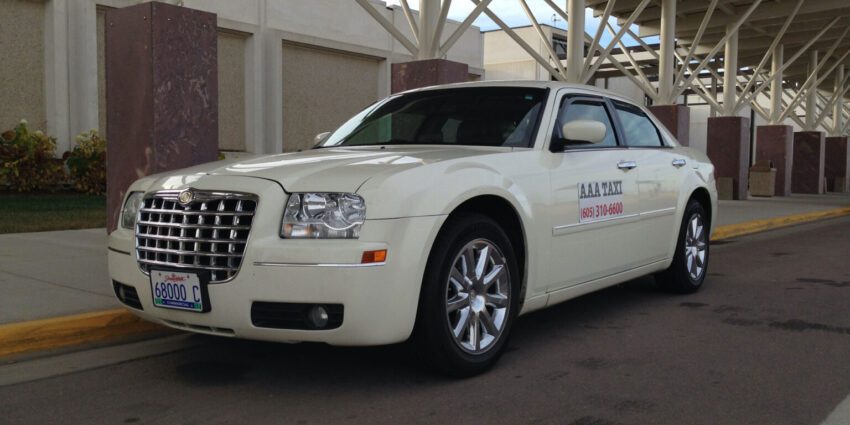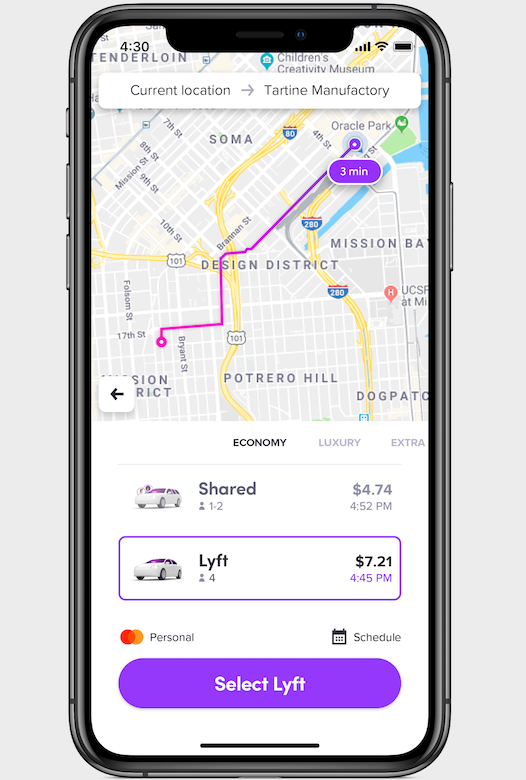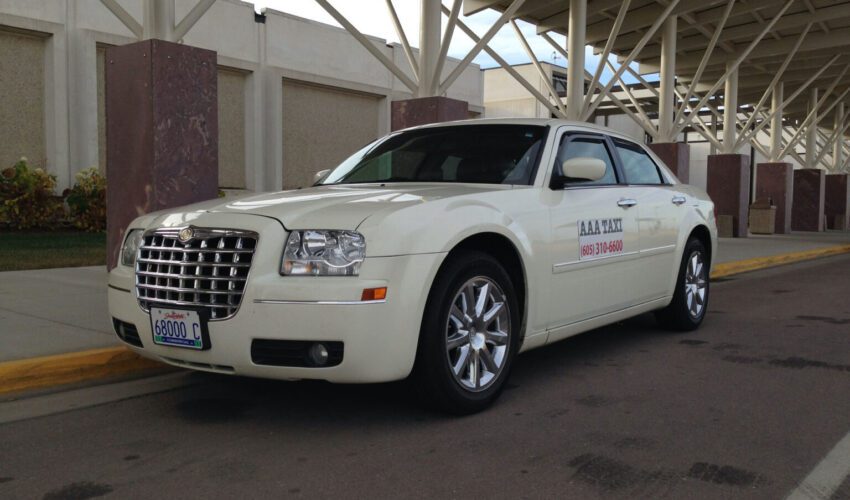How ride-share companies crushed Sioux Falls’ taxi industry
June 10, 2021
It has been a tough few years to run a taxi company.
In 2017, there were 29 licensed taxi companies in the city, according to data from the city licensing department. That same year, Sioux Falls welcomed its first ride-share company, Lyft, to town.
Four years later, there were eight licensed taxi companies, and with the closure of Yellow Cab Co. Inc. at the end of May after 70 years in business, the number has dropped to seven.
That’s no coincidence, said Tallie West, fourth-generation owner of Yellow Cab.
“Lyft and Uber are definitely the reason we’re closing,” West said, adding that they took about half her business virtually overnight when the late-night bar crowd pivoted from taxis to the ride-share apps.
The taxi industry in Sioux Falls took another big hit with the pandemic. In 2019, there were still 15 licensed taxi companies in town, but about half of them closed in the past year and a half.
AAA Taxi is one of the few that remain open, and owner Les Pietruszkiewicz said he has had to cut his staff in half.
“Before the pandemic, I employed four,” he said. “Right now, I have two.”
And he’s including himself in that number.
Another big reason Yellow Cab shut its doors was that it couldn’t overcome a challenge plaguing virtually every industry right now: hiring.
West began turning away work because she didn’t have enough drivers. She went from 16 drivers to nine in the past year, and she realized she couldn’t renew some of Yellow Cab’s longstanding contracts because she didn’t have the workforce to fulfill them.
“That was kind of the deciding factor,” she said in her decision to close the business.
The goal had been for her son to take over the family business, but a few years ago she started to realize that probably wasn’t going to happen.
“The way we were, with 20 cars and several employees … the way we operated was pretty expensive,” West said.
She doesn’t blame ride-share companies for seizing on an opportunity in the market, but she does have frustrations with the city for the way it licenses ride-share companies compared to taxi companies.
Both taxi and ride-share companies must apply for a license with the city, but taxi companies have more overhead because they’re licensing each individual driver.
Ride-share companies are classified as a “transportation network company,” a completely different entity from taxis.
“It is a completely different application,” said Jamie Palmer, a licensing specialist with the city.
Taxi companies such as Yellow Cab also are dealing with the overhead of hiring employees, carrying commercial insurance on cars and workers’ compensation insurance.
Ride-share companies aren’t dealing with those expenses because drivers are using their own vehicles and they’re acting as independent contractors.
The tension between traditional taxi companies and ride-share businesses is neither new nor unique to Sioux Falls. Taxi companies in large cities such as San Francisco and New York also have struggled since the onset of ride-sharing, according to a 2016 Business Insider article.
“They’re a huge corporation with no cost, and I’m a little mom-and-pop operation with all these expenses,” West said. “Who can compete with that?”









